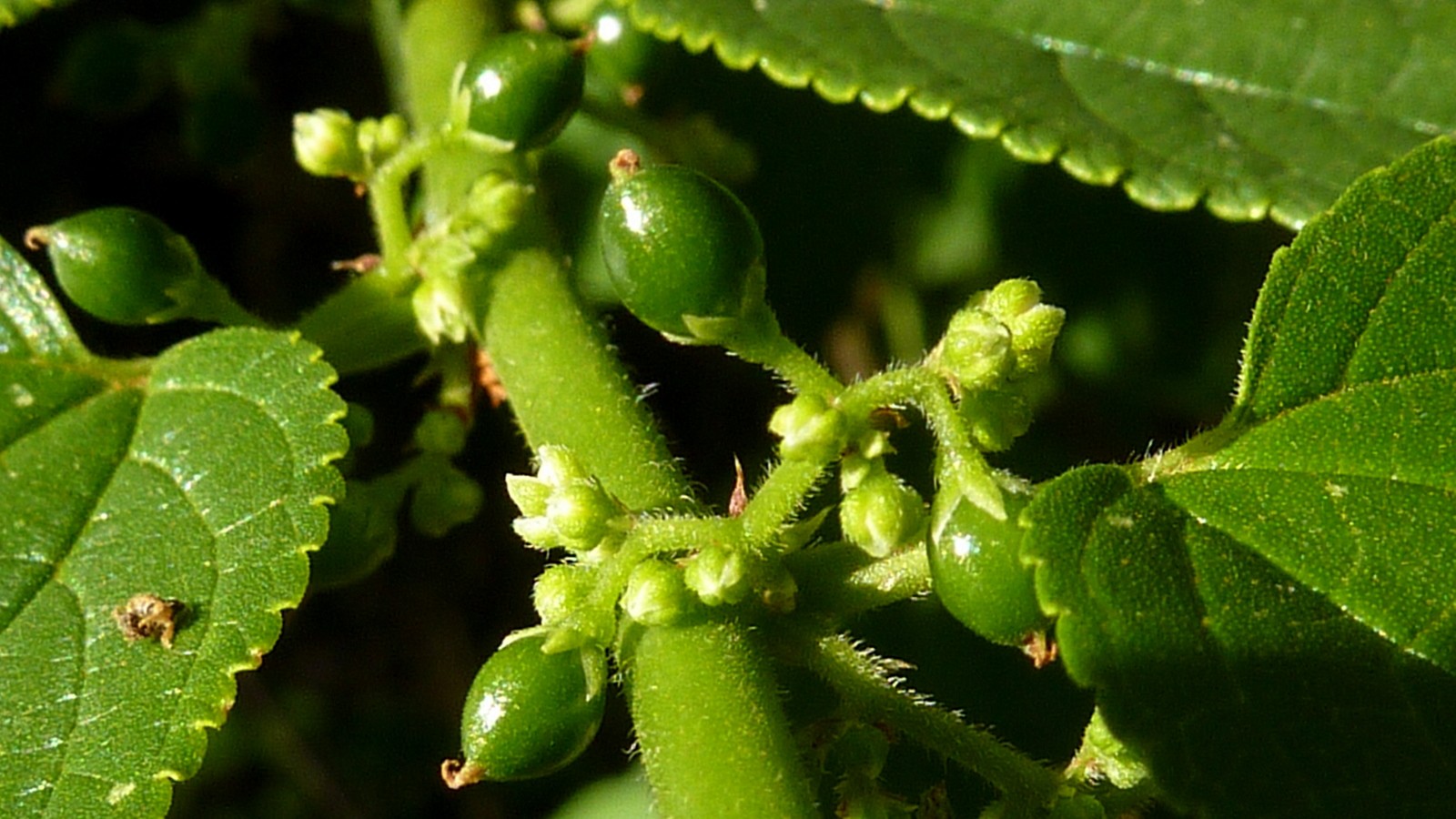CBD reportedly discovered in plant that's not cannabis
Scientists say they've discovered CBD in a shrub that belongs to the same family as cannabis, although they've yet to publish the research.
One of the two main active ingredients in marijuana has been found in a plant other than cannabis, researchers claim.
Scientists in Brazil said they've discovered cannabidiol (CBD) in the fruits and flowers of the Jamaican nettletree (Trema micranthum), an evergreen shrub that is native to tropical and subtropical regions of North and South America, AFP reported this summer.
T. micranthum belongs to the Cannabaceae family of plants, which contains 11 genera and about 170 species. One genus includes the cannabis plants, such as Cannabis sativa, which is used to make marijuana. These plants produce chemical substances called cannabinoids, including the high-inducing substance tetrahydrocannabinol (THC) and CBD, which doesn't give users a high.
Unlike C. sativa, T. micranthum doesn't contain THC, so it could be an attractive new source of CBD that comes without the legal barriers associated with growing cannabis.
Related: How does cannabis get you high?
"As we continue to see more patients prescribed medical cannabis for chronic health problems in the U.K. and internationally it is promising to see novel approaches to the production of cannabidiol and other cannabinoids," Dr. Simon Erridge, the head of research at Sapphire Medical Clinics in the U.K., who was not involved in the new discovery, told Live Science in an email.
"There must be cautious excitement around this news however, as the researchers have yet to publish data around the quantities of CBD they have been able to extract from Trema micranthum," he said. The techniques used to optimize the extraction of CBD from the cannabis flower, on the other hand, have been refined over many decades, he said.
Get the world’s most fascinating discoveries delivered straight to your inbox.
There has been growing interest in the potential for using medical cannabis to treat a number of conditions, ranging from Parkinson's disease to epilepsy and chronic pain. However, although the practice is now legal in some countries, including in the U.K., and across many states in the U.S., there are still barriers to accessing the drug worldwide.
"It was wonderful to find a plant (with CBD but) without THC, because you avoid all the mess around psychotropic [psychoactive] substances," Rodrigo Moura Neto, a molecular biologist at the Federal University of Rio de Janeiro who led the recent research, told AFP.
"That means the potential is enormous," he said.
Moura Neto and his team have yet to publish their findings, but he told AFP that they hope to expand their research thanks to a public grant. Their upcoming research will involve looking at the best way to extract CBD from T. micranthum and testing whether it could be an effective substitute for medical marijuana.
In the meantime, "until we have similar data in relation to Trema micranthum, the vast majority of CBD will continue to come from cannabis plants," Erridge said.
Ever wonder why some people build muscle more easily than others or why freckles come out in the sun? Send us your questions about how the human body works to community@livescience.com with the subject line "Health Desk Q," and you may see your question answered on the website!

Emily is a health news writer based in London, United Kingdom. She holds a bachelor's degree in biology from Durham University and a master's degree in clinical and therapeutic neuroscience from Oxford University. She has worked in science communication, medical writing and as a local news reporter while undertaking NCTJ journalism training with News Associates. In 2018, she was named one of MHP Communications' 30 journalists to watch under 30.



